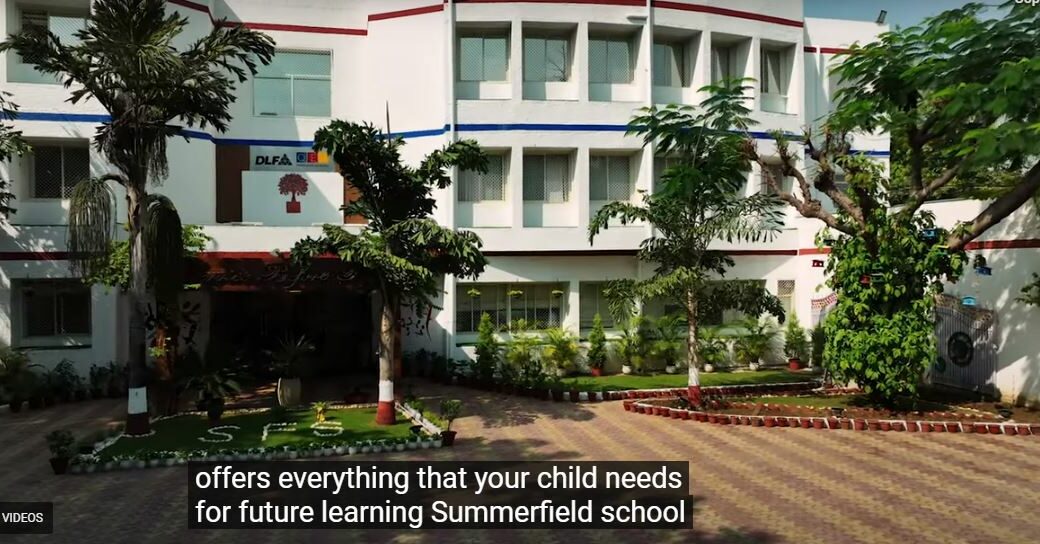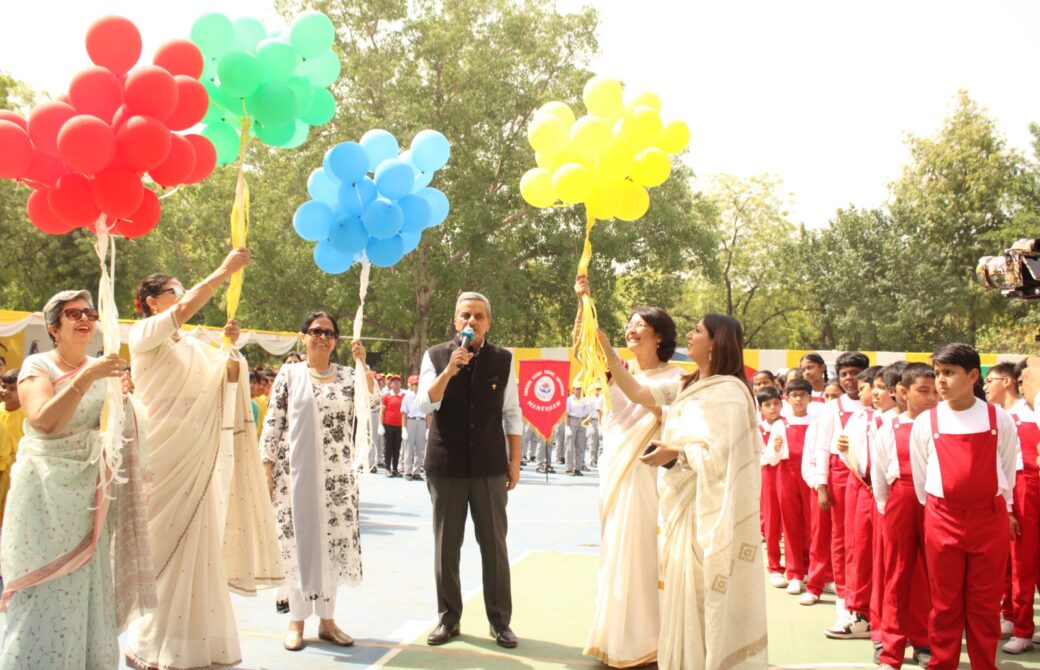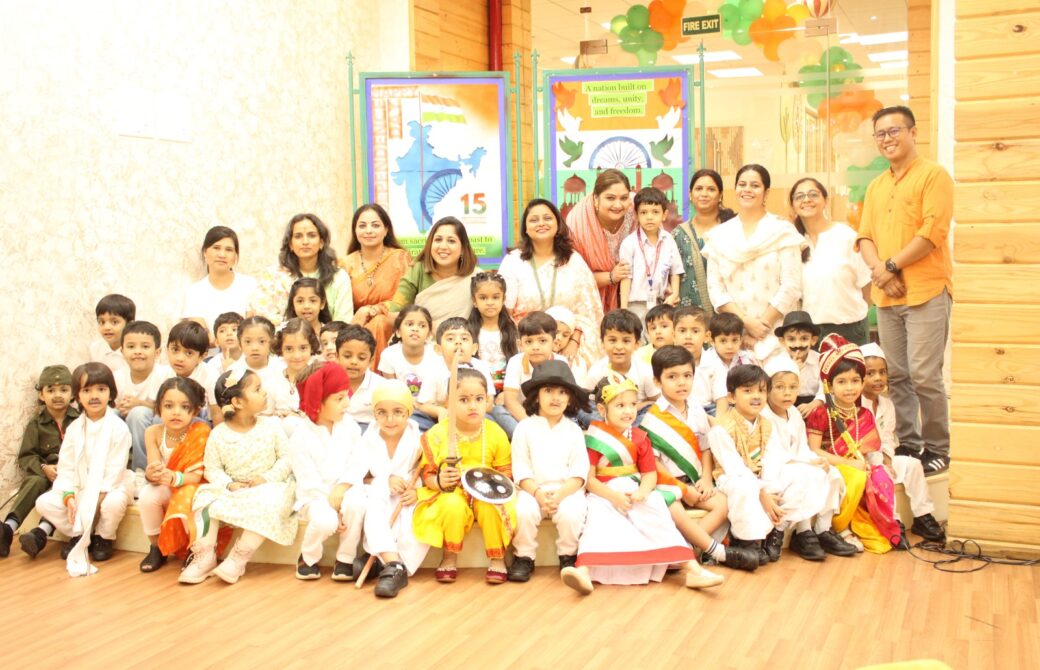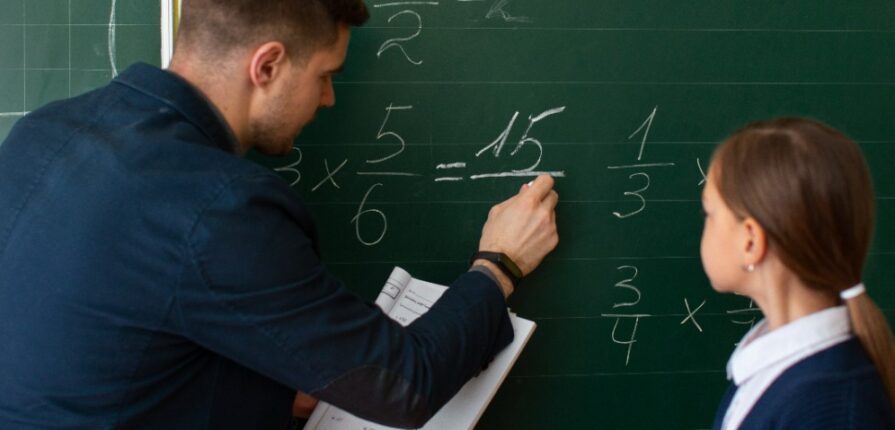Introduction:
In the educational world, the impact of class sizes and teacher-student ratios is a topic that has garnered significant attention over the years. At Summer Fields School, the cbse schools in gurugram where these factors directly influence the quality of education students receive, affecting everything from student engagement and academic performance to the overall learning environment. The teacher-student ratio, which refers to the number of students per teacher in a class, plays a crucial role in shaping educational outcomes.
This article will delve into the importance of class sizes and teacher-student ratios, exploring how they impact student learning, teaching effectiveness, and overall educational quality. We will also examine how schools can leverage these factors to enhance student success and the benefits of smaller class sizes and optimal teacher-student ratios for both students and educators.
About Us:
At Summer Fields School, we recognize that smaller class sizes and favorable teacher-student ratios are crucial for providing personalized learning experiences. With our small class sizes, students receive more individual attention, allowing our teachers to tailor instruction to the unique needs of each student. This personalized approach fosters a deeper understanding of the material, as well as stronger relationships between students and teachers. It also provides a supportive environment where students feel comfortable asking questions, engaging in discussions, and developing critical thinking skills. By maintaining low student-to-teacher ratios, we ensure that every child is given the opportunity to excel academically and socially, setting them up for long-term success.
The Significance of Teacher-Student Ratios in Education
The teacher-student ratio is often used as an indicator of the quality of education provided by a school. The ratio reflects the number of students each teacher is responsible for in a classroom setting. Ideally, a lower teacher-student ratio allows teachers to provide more personalized attention, which has a significant impact on student outcomes.
Why Teacher-Student Ratios Matter
- Individualized Attention and Support
A lower teacher-student ratio means that each student receives more individualized attention. Teachers can take the time to understand the unique needs of each student, provide tailored guidance, and offer additional support where necessary. This is especially important for students who may be struggling with a particular subject or concept.
In larger classes, teachers may have limited time to interact with each student, making it difficult for them to identify challenges or areas for improvement. Smaller class sizes create opportunities for teachers to offer personalized feedback, encourage active participation, and build meaningful relationships with students, which contributes to a more effective learning environment.
- Enhanced Student Engagement
Smaller class sizes generally lead to increased student engagement. When there are fewer students in the classroom, each student has more opportunities to participate in discussions, ask questions, and engage with the teacher. This active participation leads to a deeper understanding of the material and fosters a greater interest in learning.
In larger classrooms, some students may feel overshadowed or intimidated, leading to passive learning. They may be less likely to ask questions or contribute to discussions, which can hinder their academic progress. With fewer students in the classroom, teachers can create a more inclusive and engaging learning environment where every student feels valued and encouraged to share their ideas.
- Better Classroom Management
Classroom management is an essential aspect of teaching. In smaller classrooms, teachers are better able to monitor student behavior, address disruptions, and maintain a conducive learning environment. With fewer students to manage, teachers can more effectively manage individual needs and ensure that classroom activities run smoothly.
In larger classrooms, managing student behavior can be more challenging, and it may be difficult for teachers to address individual needs promptly. A high teacher-student ratio may result in classroom disruptions, as teachers are stretched thin and may not have the time or resources to address issues as they arise.
- Improved Student Performance
Research has shown that smaller class sizes are associated with improved student performance. When students receive more personalized attention and are more actively engaged in the learning process, their academic achievements tend to improve. Smaller class sizes can also lead to higher levels of motivation, as students are more likely to receive positive reinforcement and encouragement from their teachers.
Additionally, a lower teacher-student ratio enables teachers to identify struggling students early on and offer targeted interventions to help them succeed. By addressing challenges sooner, students are less likely to fall behind, and their overall academic performance improves as a result.
- Stronger Teacher-Student Relationships
A key benefit of smaller class sizes is the opportunity for teachers to develop stronger relationships with their students. In a classroom with fewer students, teachers can spend more time getting to know their students, building rapport, and understanding their individual learning styles. This relationship helps create a positive and supportive learning environment where students feel comfortable expressing themselves and seeking help when needed.
Strong teacher-student relationships have been linked to increased academic success, higher levels of student motivation, and improved emotional well-being. Students who feel supported and understood by their teachers are more likely to be engaged in their studies and achieve their academic goals.
The Impact of Larger Class Sizes on Education Quality
While smaller class sizes have clear advantages, larger class sizes are often a reality in many educational systems. The impact of large class sizes on education quality is a topic of debate, but there are several challenges that large classrooms present for both teachers and students.
- Reduced Individual Attention : In larger classrooms, teachers are often unable to provide the individualized attention that students need. With a higher teacher-student ratio, it becomes more difficult for teachers to address the specific needs of each student, provide personalized feedback, and offer additional support to struggling learners. As a result, some students may not receive the help they need to succeed, which can lead to lower academic performance.
- Limited Student Engagement : In large classes, students may feel like just another face in the crowd. This can lead to disengagement, as students are less likely to actively participate in class discussions, ask questions, or contribute to group activities. When students are not actively engaged, they are less likely to retain information or develop a deep understanding of the material.
- Classroom Disruptions and Behavior Issues : Larger classrooms tend to have more disruptions and behavior issues, making classroom management more challenging for teachers. With more students to monitor, teachers may struggle to keep the class focused and maintain a positive learning environment. Disruptions in the classroom can hinder the learning experience for all students and may lead to frustration among both students and teachers.
- Difficulty in Identifying Struggling Students : In larger classrooms, it may be difficult for teachers to identify students who are struggling academically. With limited time and resources, teachers may not be able to notice when a student is falling behind or requires additional support. As a result, struggling students may not receive the interventions they need in a timely manner, which can impact their academic progress.
How Schools Can Optimize Teacher-Student Ratios
To ensure the highest quality of education, it is essential for schools to aim for an optimal teacher-student ratio that allows for individualized attention and meaningful engagement. Here are a few strategies that schools can implement to improve the teacher-student ratio and education quality:
- Smaller Class Sizes for Critical Subjects
Schools can prioritize smaller class sizes for subjects that require more individualized instruction, such as mathematics, language arts, and science. These subjects often involve complex concepts that benefit from more personalized teaching, and reducing class sizes in these areas can lead to better outcomes for students.
- Use of Teaching Assistants
To support teachers in larger classrooms, schools can employ teaching assistants or co-teachers who can help manage classroom activities, provide additional support to students, and assist with grading and feedback. Teaching assistants can help ensure that all students receive the attention they need and support teachers in managing larger classes effectively.
- Blended Learning Models
Blended learning, which combines traditional classroom instruction with online learning, can help optimize the teacher-student ratio by allowing for more personalized learning experiences. In a blended learning environment, students can complete assignments and lessons independently, and teachers can focus on providing targeted support during in-person sessions.
- Innovative Classroom Technologies
Utilizing educational technology can help manage larger classrooms by providing students with personalized learning experiences. Adaptive learning platforms, educational apps, and other digital tools allow students to work at their own pace, providing them with the support they need without requiring constant teacher intervention.
Conclusion:
Class sizes and teacher-student ratios play a significant role in determining the quality of education students receive. At Summer Fields School, the Good CBSE Schools in Gurgaon where the smaller class sizes foster a more personalized and engaging learning environment, leading to improved academic performance, stronger teacher-student relationships, and better overall outcomes. However, larger class sizes can present challenges in terms of individualized attention, student engagement, and classroom management.
By recognizing the importance of optimal teacher-student ratios and striving to create balanced classrooms, schools can enhance the quality of education and ensure that students receive the support they need to succeed. Whether through reducing class sizes, employing teaching assistants, or leveraging technology, schools can take meaningful steps to provide a high-quality learning experience for all students.









